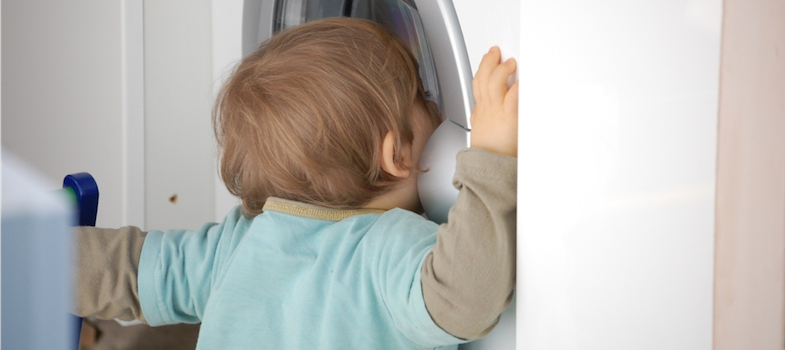Comment on Activity 1.2
We noted the enthusiastic manner in which Jackie talked about using In-the-Picture and in particular how the use of first person narrative and photography had created changes in how the service undertook, recorded and reported observations. We also noted how it had facilitated their discussions as a team and with parents. We felt that the involvement of the children in the sharing of the pictures was downplayed slightly, and that there was more of an emphasis upon the behaviours that the service was prioritising and slightly less on building upon the child’s interests. We wondered if this reflected both the wider pressure under which practitioners work and the need for all of us to build upon established practice.
The wider shift in observation which Jackie talked about was also evident in interviews with practitioners from 10 Portage services, undertaken to explore the views on using In-the-Picture. Home visitors talked about In-the-picture bringing a deeper focus on the child, changing their understanding of the child, and consideration of what they might be thinking and feeling. They suggested that the observation and sharing “forces you to slow down and become in synch with their, go at their pace and their speed and their interests.”
Practitioners in this study of 10 services talked less about changes across their service and more about it changing the practice of others, particularly parents, so they look at things from the child’s perspective, focussing on their interests. They talked about it having a positive impact upon their relationships with families and the families attitudes towards observation. So, for example, it helped some people explain ideas to parents, adding to their knowledge of the child and how they might play with them, whilst increasing their involvement with the child. Here is one home visitor’s tale:
'I used it with a parent who...there’s a lot of distractions going on in the house now...so rather than me going in and saying “Oh, can you turn the television off?”, “Can you do this? Can you do that?”, it was actually coming from her when we looked at the...reflected on the... observation that the child was turning round looking at the television. So that was really good. I look, turn round, look at the television. So I used it in that way, and now I go and mum’s turned the television off'.
In almost all the tales you hear you can recognise a practitioner’s priorities and own personal values at work. In-the-Picture does not require people to change their views or beliefs, rather it encourages them to change how they look and it encourages them to consider with others possible meanings and openings for practice. It is not a miracle cure, rather it creates opportunities for personal and collective reflection informed by a more intense consideration of the child’s experience.
